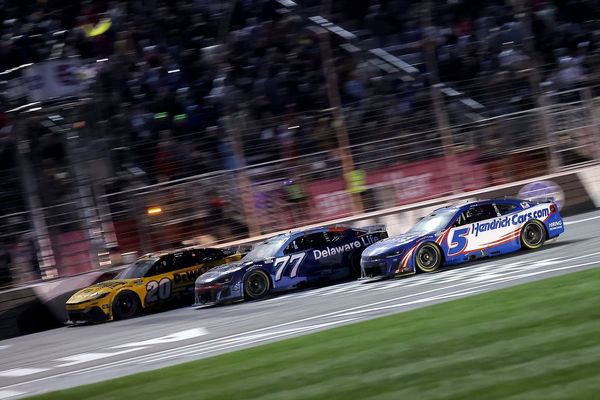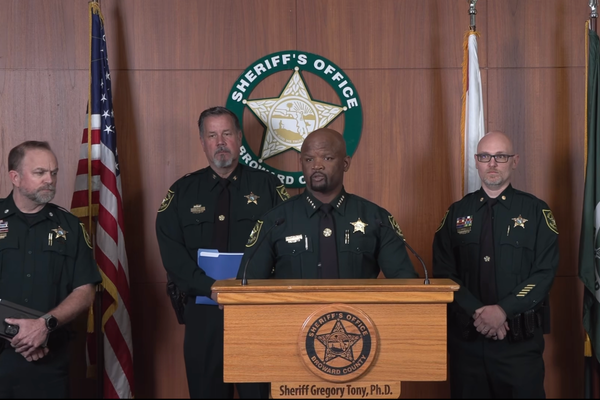A recent ruling by federal regulators regarding autonomous vehicles is great news for Tesla (TSLA) and General Motors (GM) as the automakers seek to advance their plans for autonomous vehicles.
Last week, the U.S. Department of Transportation’s National Highway Traffic Safety Administration issued a "first-of-its-kind" final ruling that updated the occupant protection Federal Motor Vehicle Safety Standards.
'Traditional Manual Controls'
The update accounts for vehicles that do not have "the traditional manual controls associated with a human driver because they are equipped with automated driving systems."
Prior to the update, occupant protection standards were written for common vehicle features, the agency said, including steering wheels and other manual controls.
"Through the 2020s, an important part of USDOT’s safety mission will be to ensure safety standards keep pace with the development of automated driving and driver assistance systems,” U.S. Transportation Secretary Pete Buttigieg said in a statement.
The new rule, Buttigieg added “is an important step, establishing robust safety standards for ADS-equipped vehicles.”
The update is also an important step for General Motors and Tesla.
Last month General Motors's Cruise subsidiary petitioned NHTSA to build and put its Cruise Origin into commercial service.
The company said the Origin was "purposefully designed from the ground up to operate without a human driver."
"This means it does not rely on certain human-centered features, like a steering wheel or a sun visor, to operate safely," the company said.
The Origin, which also lacks gear shaft or pedals, has space for six passengers.
'I Would Be Shocked'
In 2018, GM revealed the first image of its autonomous Bolt electric vehicle, which does not have a steering wheel or pedal.
In February, the California Public Utilities Commission (CPUC) issued permits to Cruise Alphabet's (GOOGL) self-driving unit Waymo to allow for passenger service in autonomous vehicles with safety drivers present.
Cruise and Alphabet's Waymo are under Drivered Deployment permits authorized to collect fares from passengers and may offer shared rides, Reuters reported.
Tesla CEO Elon Musk is also a big booster of autonomous vehicles. Last year he said he was considering releasing the Tesla Model 2 with no steering wheels or pedals.
Tesla unveiled a Model 3 without a steering wheel in 2019.
"I would be shocked if we do not achieve full-self-driving safer than a human this year. I would be shocked," Musk said during Tesla's fourth-quarter earnings call in January.
NHTSA has opened different investigations into Tesla, one into its Autopilot driver assistance system and another into its Full-Self-Driving feature. The agency considers the name "Full Self-Driving" to be misleading.
Last summer, NHTSA said it issued a Standing General Order requiring crash and incident reporting for vehicles equipped with ADS or certain advanced driver-assistance systems.
"This reporting will help NHTSA investigators quickly identify defect trends that could emerge in these automated systems," the agency said.
NHTSA also initiated rulemaking last year to set safety standards for automatic emergency braking, a driver-assistance technology that can help avoid crashes with other road users, including pedestrians.







